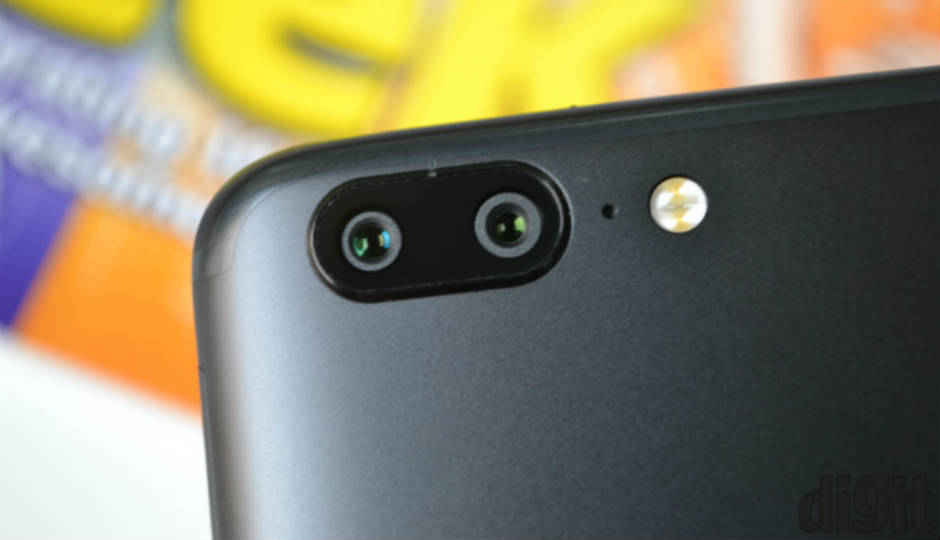Qualcomm’s new depth sensing tech can be really useful for Android OEMs
Qualcomm's depth sensing camera technology is specifically designed for Android smartphones, with its second generation Spectra ISP, embedded on Snapdragon chips.

Qualcomm yesterday announced an upgrade to its Spectra ISP modules, adding depth sensing capabilities to smartphones. With this, the company is expanding its Spectra Module Program, potentially allowing manufacturers to improve smartphone cameras, especially on Android devices. While dual-cameras have proven to be the new trend amongst smartphones of all price ranges, Qualcomm’s technology in a way allows OEMs to cut the R&D costs involved in improving such technology.
 Survey
SurveyDepth sensing tech from Qualcomm
Qualcomm says its new technology is capable of depth sensing and improved biometric authentication. For this, the chipset maker introduced the second generation Spectra ISP, which comes with new software architecture and hardware. The ISP is designed specifically for application in image quality, computer vision and power efficiency.
According to reports, Qualcomm has solutions for both budget and high-end dual-camera systems. The budget system is focused on enhancing image quality, while the high-end system has three camera modules. In this system, an IR illuminator sends out a series of dots, that are then sensed by an IR camera to create a depth map.
Qualcomm’s demo video for the system shows a pianist playing the keyboard, showcasing how the technology can recognise even the key presses made by the pianist.
Why does this matter?
The primary benefit from depth sensing capabilities is to enhance overall image quality from dual-cameras. By gaining more knowledge of depth, camera algorithms can produce better bokeh effects, something that has been highly sought after ever since Apple introduced its two-camera system.
While Apple introduced its own take on the dual-camera, Qualcomm’s tech should be plug-and-play for OEMs. So, it reduces the time taken for manufacturers to bring dual-camera smartphones to market. Alternatively, it also allows more manufacturers to employ dual-cameras on their devices.
Next, depth sensing has many uses in VR and AR applications. Phones like the Samsung Galaxy S8 can employ such features to improve VR experiences on the Gear VR, or the Pixel with the Daydream View headset. Moreover, standalone VR headsets, like that introduced by Google at the I/O this year, could make use of chipset level depth sensing capabilities as well.
Lastly, the technology can also be used for better biometrics, for security features like facial recognition.
What products will use Qualcomm’s tech?
As of now, there is no confirmation on which phones are going to make use of Qualcomm’s technology, but one can reasonably expect the VR applications on high-end devices like the Galaxy S9 etc. In addition, budget devices with dual-camera modules should also employ the technology for better image quality. While Qualcomm itself expects the technology to be seen on handsets early next year, the company’s announcement at this time is perhaps aimed at trumping Apple, which is also said to be working on depth sensing technologies for the upcoming iPhone 8.